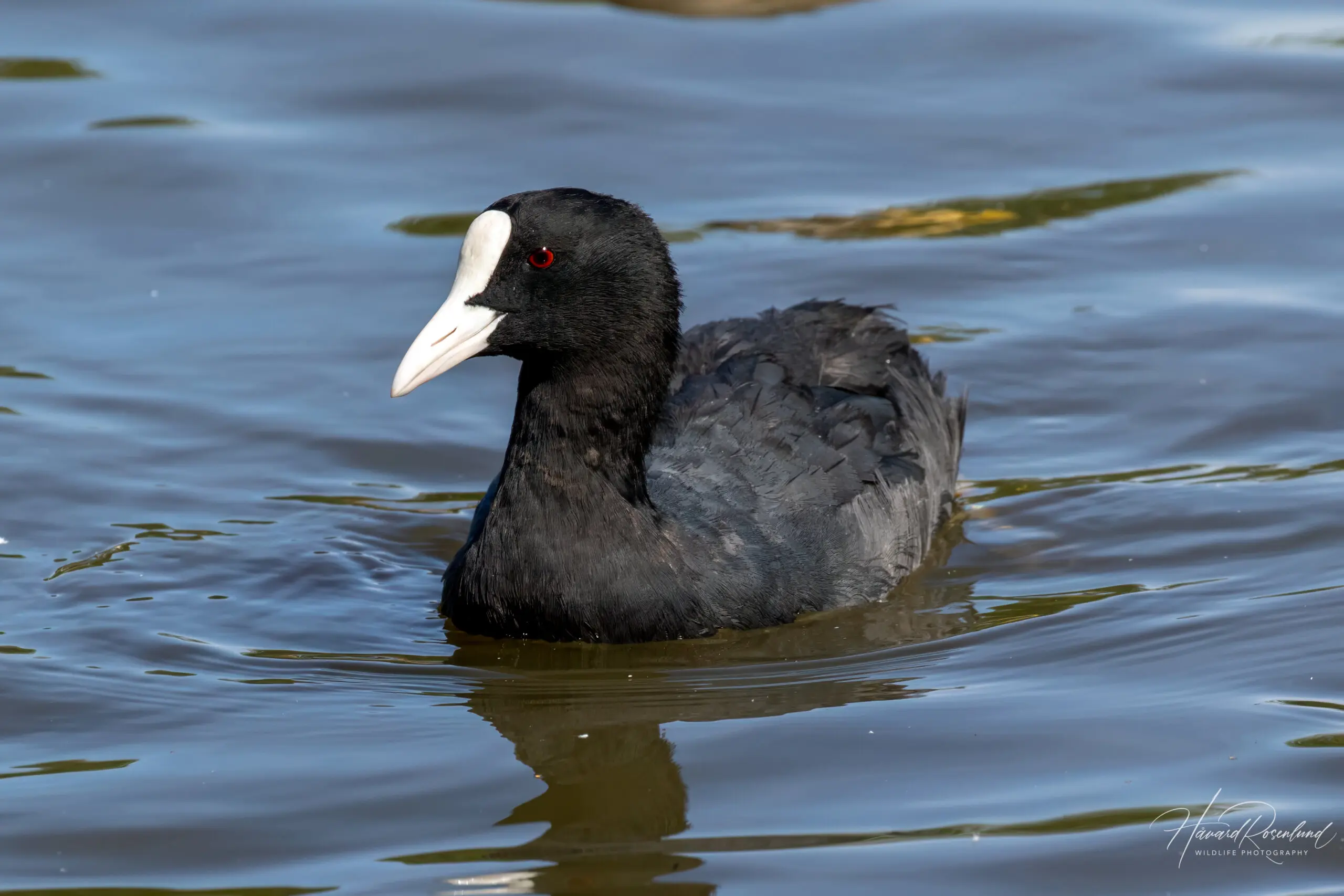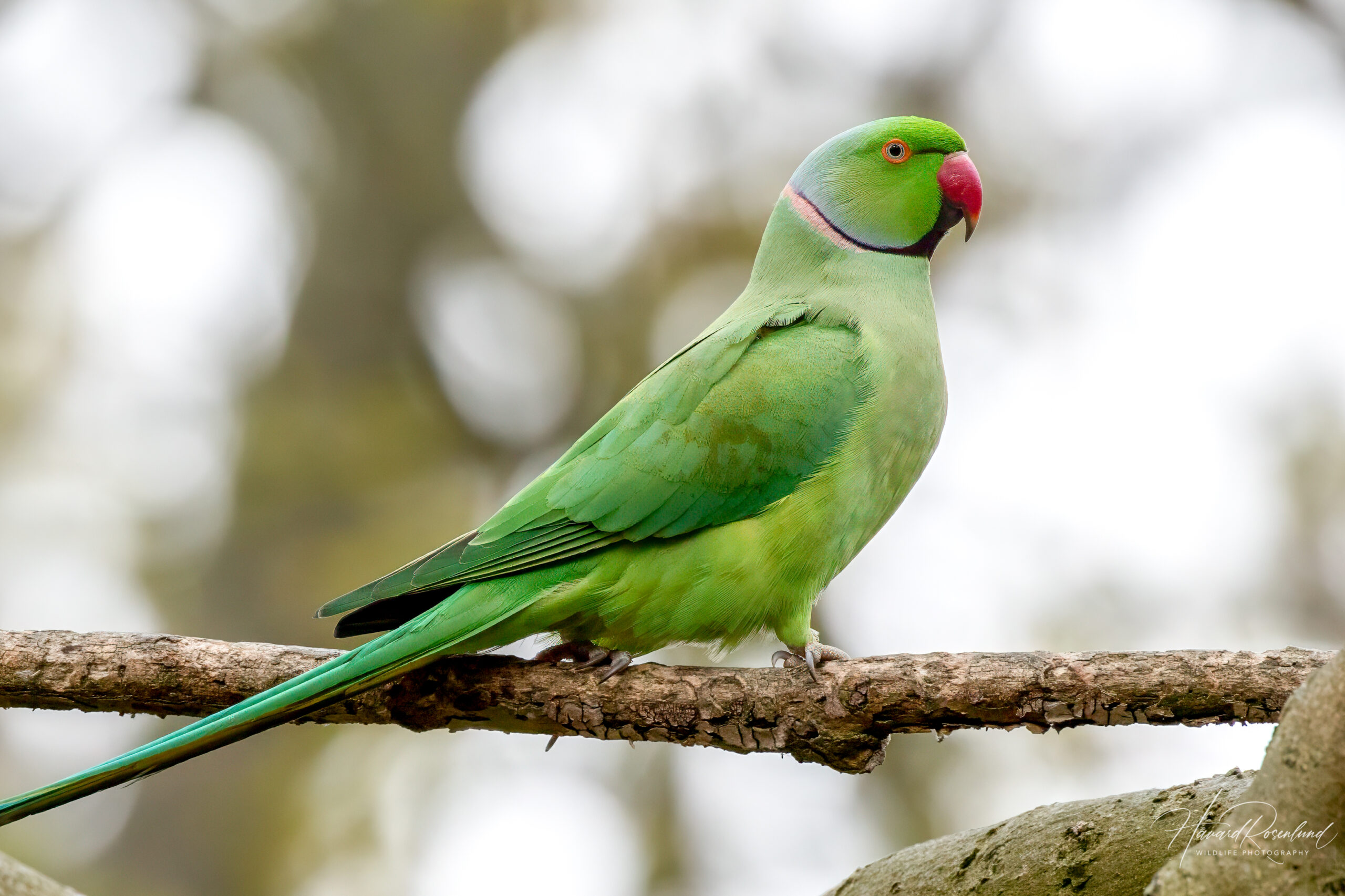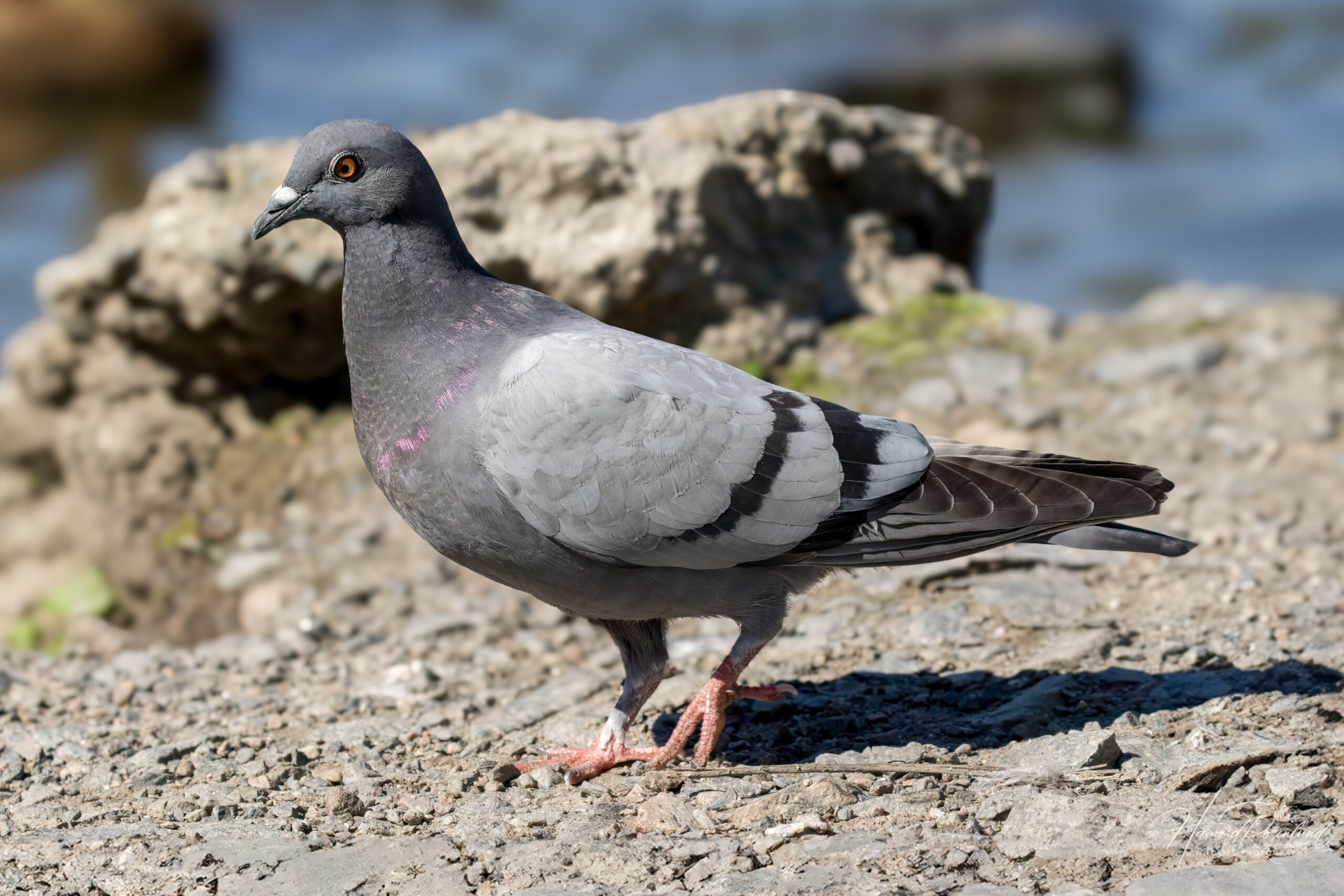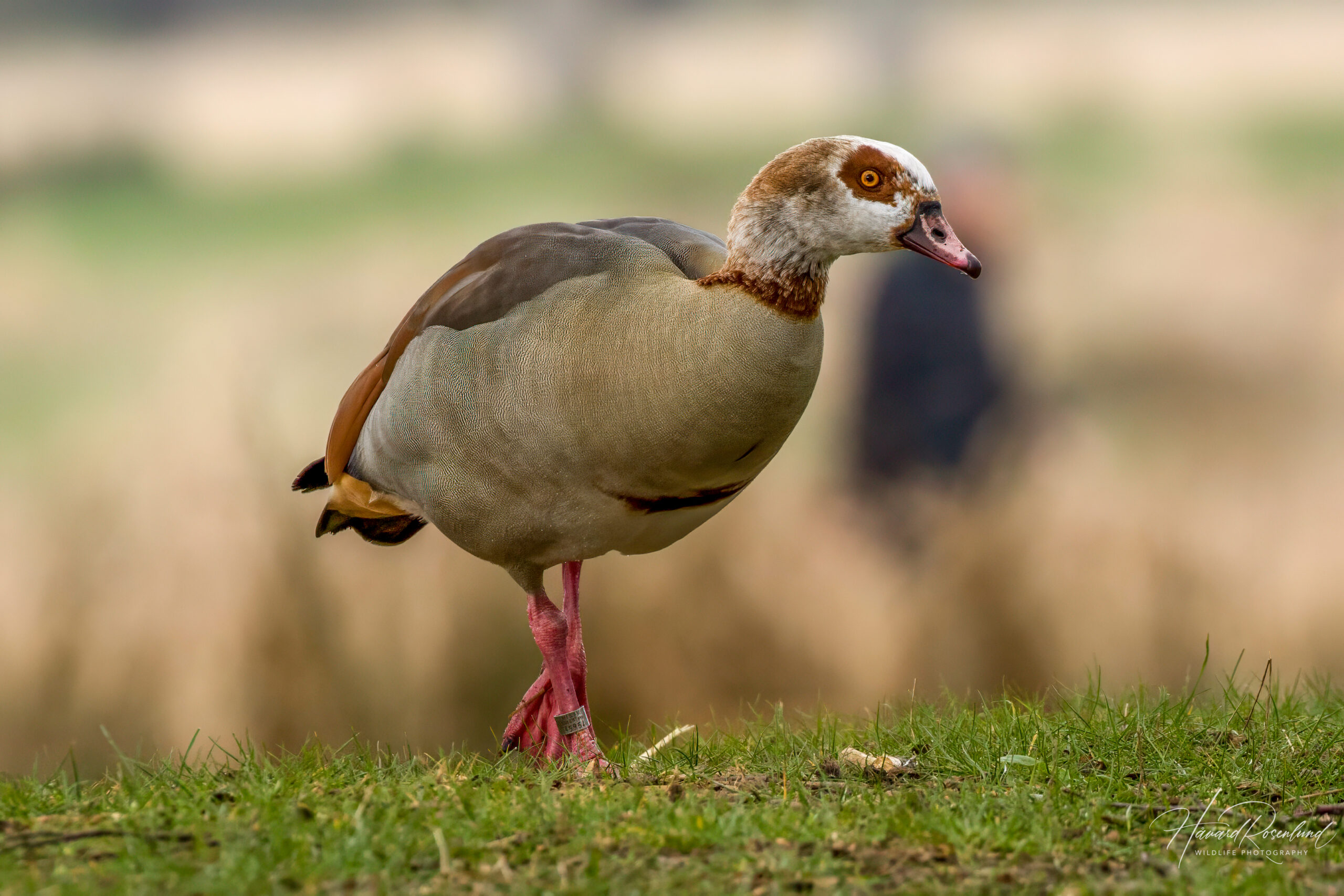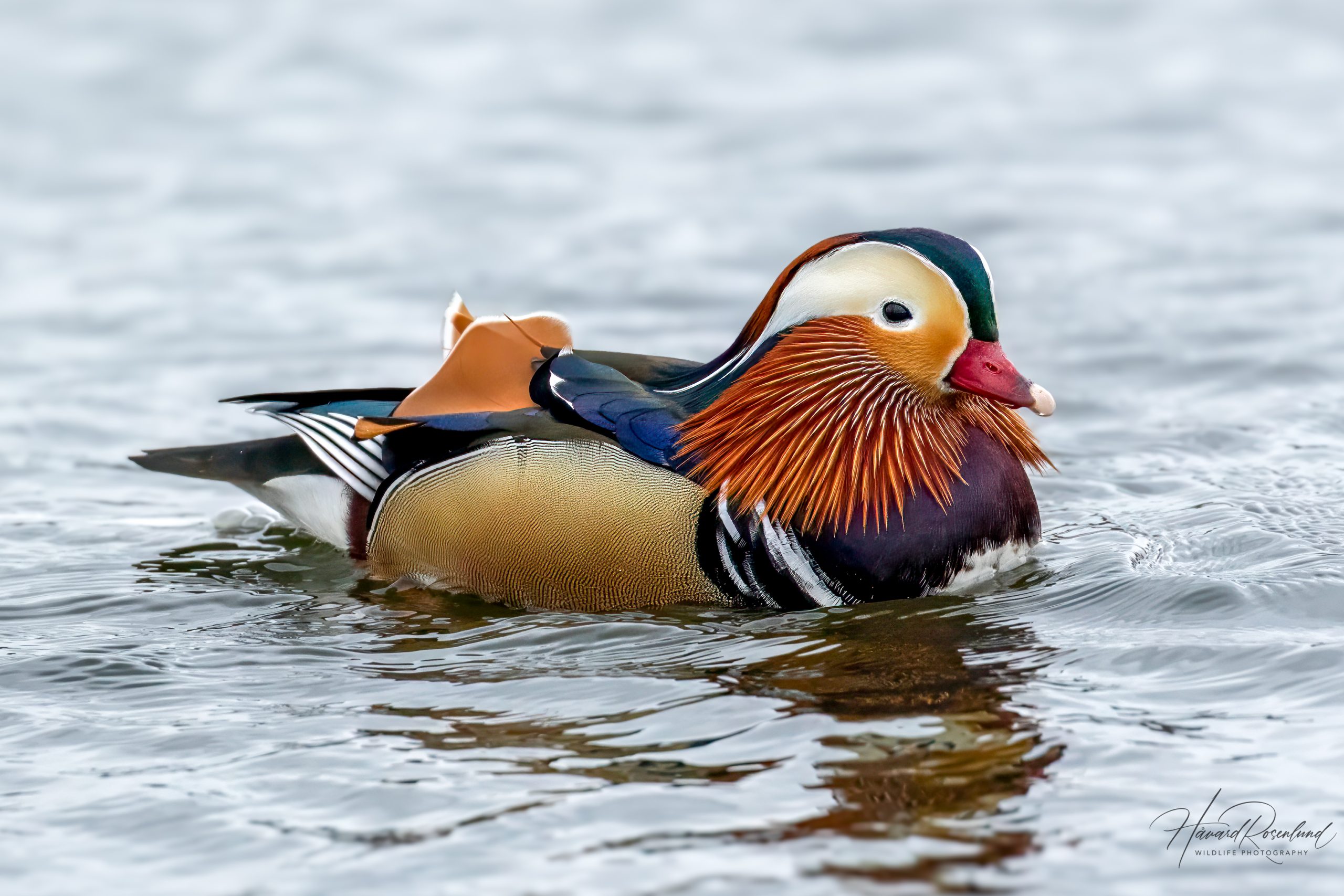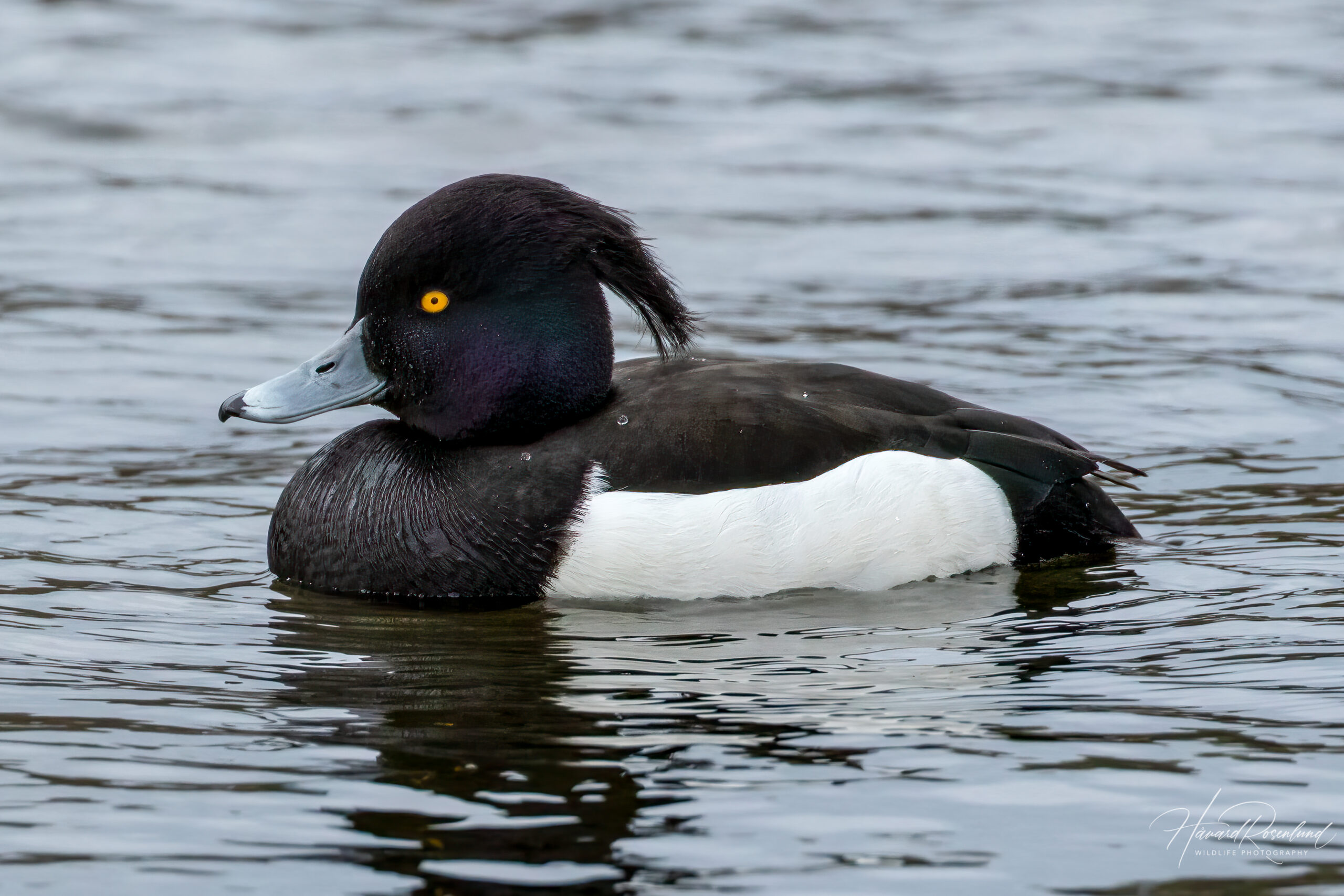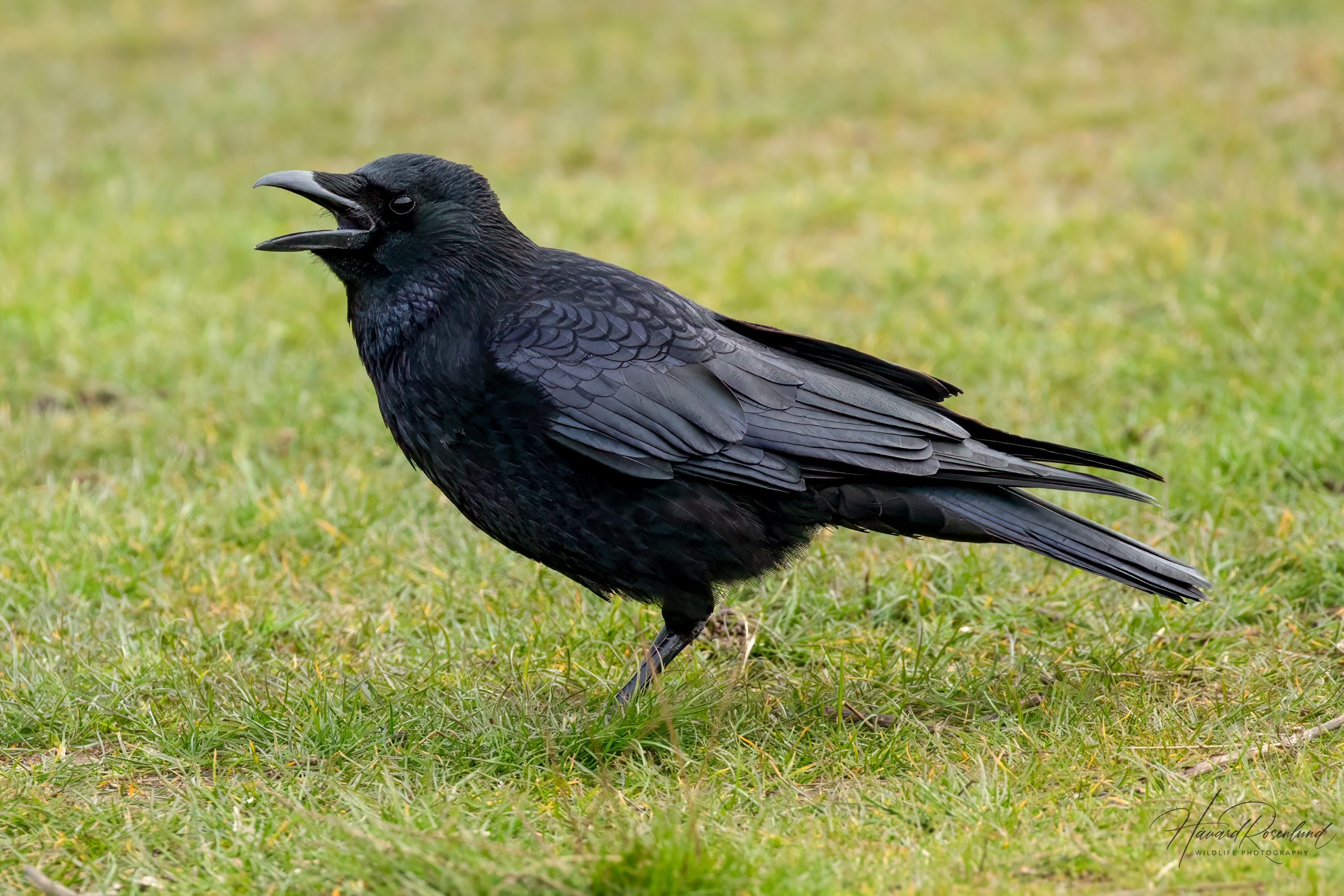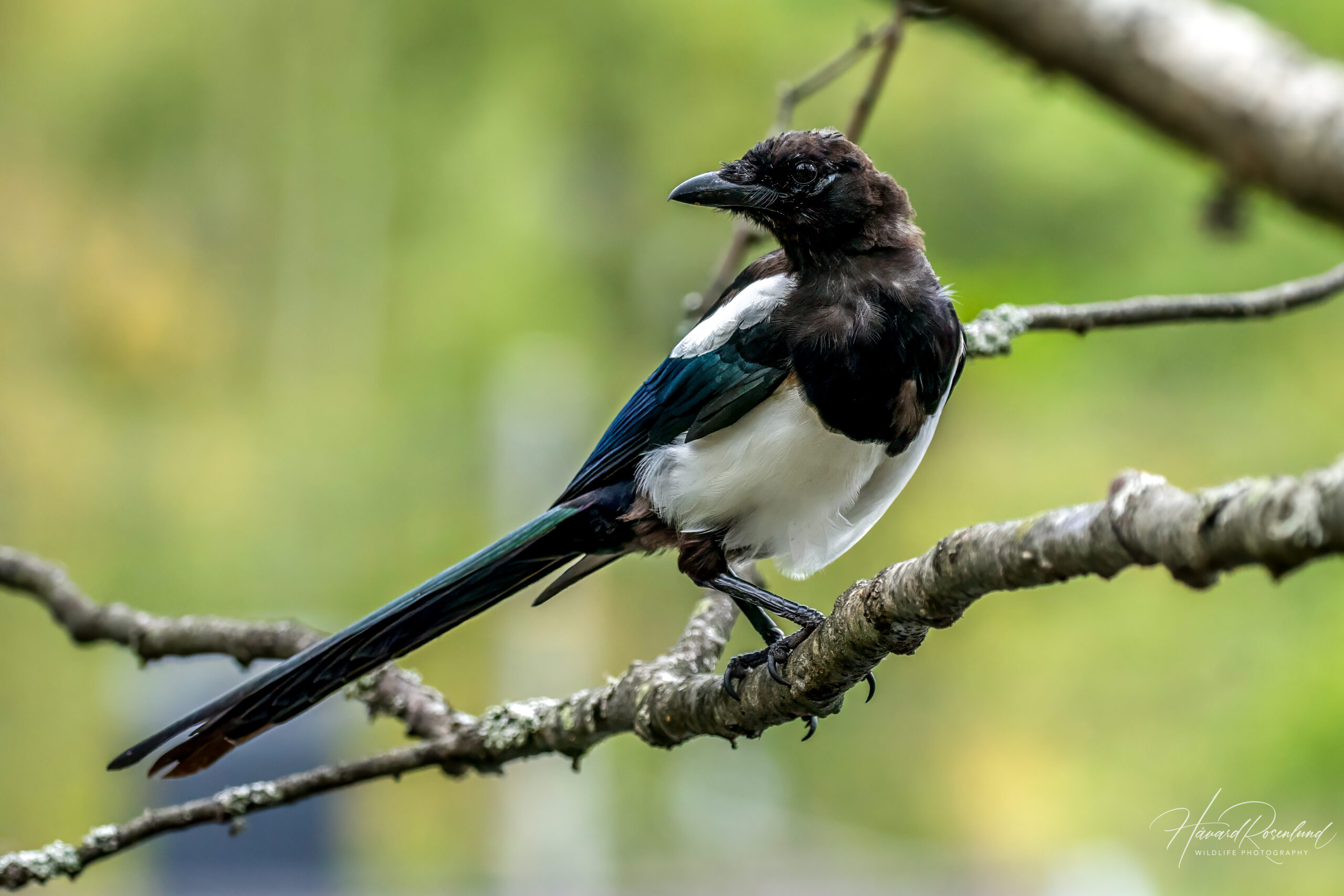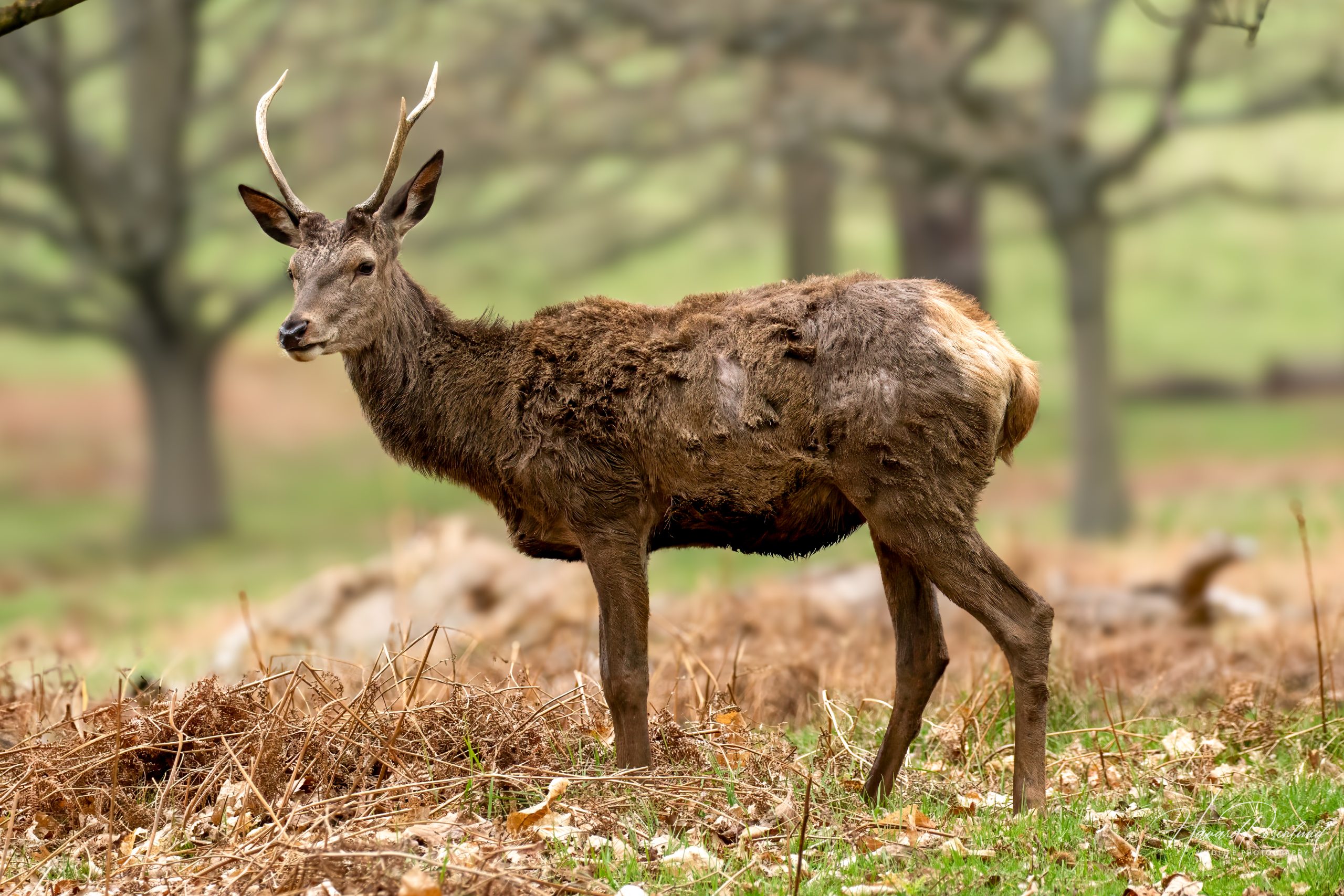Richmond Park is one of London’s most treasured green spaces, offering a rare escape into nature within the city. Located in southwest London, this vast 2,500-acre park is the largest of the capital’s Royal Parks and has been a protected space since the 17th century. Originally created as a deer park for King Charles I, it remains home to over 600 red and fallow deer that roam freely across its ancient woodlands and open grasslands. The park’s diverse habitats, including ponds, meadows, and scattered veteran trees, support an abundance of wildlife, making it a prime location for nature lovers and photographers alike.
Beyond its rich biodiversity, Richmond Park is a haven for outdoor enthusiasts. Whether you’re looking to hike along scenic trails, cycle through sweeping landscapes, or enjoy a peaceful picnic with stunning views of the London skyline, the park has something for everyone. One of its most iconic viewpoints, King Henry’s Mound, offers a protected, unobstructed vista stretching all the way to St. Paul’s Cathedral in the city center. A designated Site of Special Scientific Interest and a National Nature Reserve, Richmond Park is not just a recreational retreat but also an important conservation area, ensuring that its wild beauty remains preserved for generations to come.
Richmond Park is a must-visit for those seeking a natural retreat without leaving London. As the largest of the Royal Parks, it offers an unparalleled mix of history, wildlife, and breathtaking landscapes. It is best known for its free-roaming herds of red and fallow deer, which have lived here since the 1600s, creating a truly wild and open feel despite being just a few miles from the city center.
The park is a paradise for nature lovers and outdoor enthusiasts alike. It boasts vast expanses of ancient woodland, grassland, and wetland habitats, making it one of the best places in London for wildlife watching. Richmond Park is also designated as a National Nature Reserve and a Site of Special Scientific Interest, ensuring its conservation for future generations. Whether you’re here for a quiet stroll, a wildlife photography session, or a cycling adventure, Richmond Park never disappoints.
Short answer: Wildlife watching, hiking, cycling, photography, picnicking, and enjoying panoramic views.
Long answer:
One of the top activities in Richmond Park is wildlife watching, with the iconic deer being the park’s main attraction. Be sure to keep a respectful distance from these animals, especially during the rutting (autumn) and birthing seasons (spring). Birdwatchers will also enjoy the park, as it’s home to species like kestrels, green woodpeckers, and even rare little owls.
For walkers and hikers, there are miles of scenic trails weaving through woodlands and across open hillsides. The Tamsin Trail, a circular route around the park, is perfect for both casual walkers and serious hikers. If you’re a cyclist, Richmond Park is one of the best spots in London for a scenic bike ride, featuring gentle hills and quiet roads designated for cycling.
A visit to King Henry’s Mound is a must—this historic viewpoint offers a legally protected, unobstructed sightline stretching all the way to St. Paul’s Cathedral in central London. If you prefer a peaceful break, bring a picnic and relax in one of the many grassy meadows while soaking in the stunning views. For those interested in history, Pembroke Lodge, a beautiful Georgian mansion within the park, offers a café and gardens with some of the best views in the area.
Richmond Park is open year-round, but each season offers a unique experience.
- Spring (March–May): The park comes alive with blooming wildflowers, and baby deer are often seen. The fresh greenery makes for some of the best walking and photography conditions.
- Summer (June–August): Warm weather makes it perfect for picnicking and cycling. The meadows are filled with butterflies, and the park is at its lushest.
- Autumn (September–November): The deer rut (mating season) occurs during this time, providing a spectacular natural display as stags compete for dominance. The golden foliage makes for stunning scenery.
- Winter (December–February): A quieter time to visit, with frost-covered landscapes and peaceful walks. On rare occasions, snowfall transforms the park into a magical winter wonderland.
For wildlife watching, early mornings and late afternoons are best when animals are most active. Weekdays tend to be less crowded compared to weekends.
Richmond Park is easily accessible from various parts of London.
- By train: The nearest station is Richmond Station, which is served by the London Overground, District Line, and South Western Railway. From the station, it’s about a 15-minute walk to the park’s Richmond Gate or a short bus ride.
- By bus: Several bus routes serve different entrances to the park, including routes 65, 190, 371, and 430.
- By car: If you’re driving, the park has multiple car parks, but spaces fill up quickly on weekends and sunny days. The Sheen Gate and Kingston Gate car parks are among the most convenient for visitors. Note that vehicle access is restricted at certain times.
- By bike: Richmond Park is very bike-friendly, with dedicated cycling routes. You can rent a bike in Richmond town or bring your own.
Whether you’re after wildlife, landscapes, or just a peaceful escape, Richmond Park is one of London’s greatest natural gems—easily reachable yet worlds away from the hustle and bustle of city life.
On a work trip to London with colleagues in April 2019, I decided to spend a Saturday morning doing some wildlife photography in Richmond Park. I hadn’t done much research before going there, but I knew about the deer population. I went in blind, with the main goal of trying to find red deer and fallow deer to photograph.
I entered the park from the northeast, and it didn’t take long before I found a large herd of fallow deer on one of the open grassland areas. After getting some nice photos, I decided to walk to the Pen Ponds in the middle of the park for some bird photography. As I hadn’t looked up what species I could find here, I did get some surprises and some new species. First of all, I had no clue that the rose-ringed parakeet had established a population in London, and was very surprised to see such an exotic species being very common in this park. They were busy with their nesting season, and I managed to get some nice photos of the them. I also found and photographed other non-native species, such as the beautiful mandarin duck, red-crested pochard, and the Egyptian goose (which I had seen many times in South Africa). I did also get some native species as well, such as Eurasian jay, common moorhen, Eurasian coot, tufted duck, lots of jackdaws, and a new species for me, the carrion crow, which is a very close relative of the hooded crow we have in Norway.
After spending some time around the Pen Ponds and surrounding area, I decided to look for the red deer. It didn’t take too long before I found a herd, somewhere in the woods to the east of Pen Ponds. I got quite close, as the deer seemed used to humans walking close by them. After I spent some time with the deer, I went on to explore more of the park to see what I could find. I can’t remember exactly where I walked, but what I do remember is finding a bachelor herd of fallow deer right at the northwestern edge of the park, which provided me with some nice photo opportunities.
I enjoyed my stay at Richmond Park, and was very happy to get photos of both the red deer and fallow deer. Because my main goal was photographing deer, I didn’t really focus much on the birds, besides those I came across as I walked around (and those I found on my visit to the Pen Ponds). That is why my list of bird species from the park is quite short.
For anyone visiting London wanting a taste of British nature and beautiful scenery, Richmond Park is a must-visit. It is very accessible, and for me, who didn’t want to bring my camera equipment on any public transport, got here quite fast using an Uber. I’d love to come visit again sometime, especially for the rutting season in the fall, where the bucks are at their most impressive.
My Observed Wildlife



































